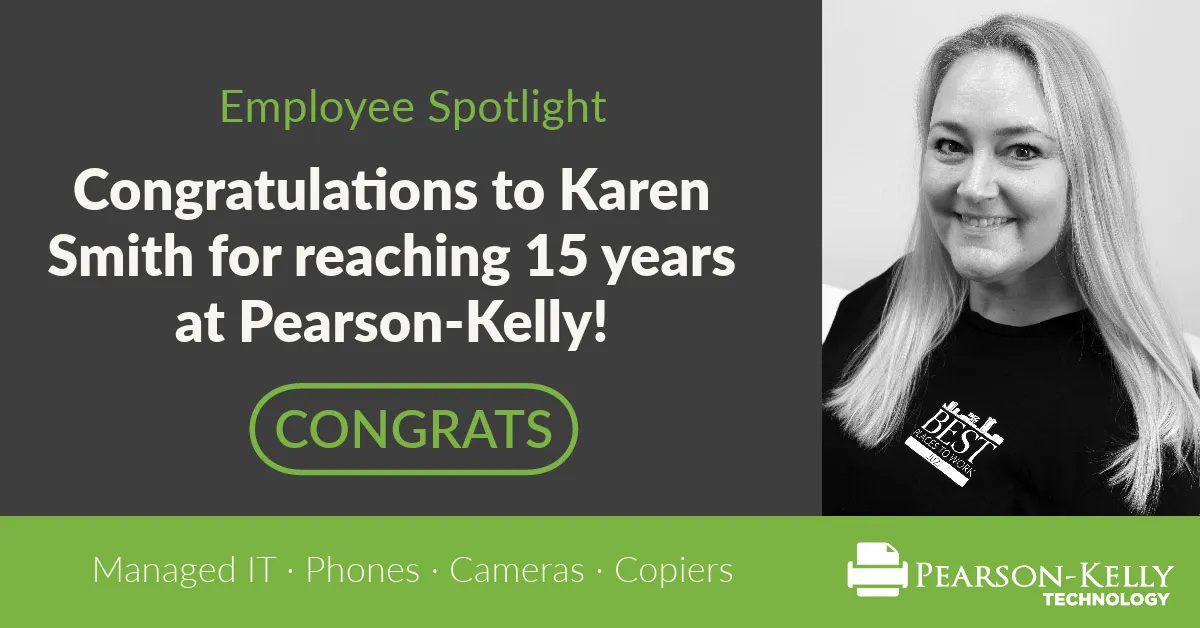One of the roles most commonly left out of the small business roster is a technology strategist. Either because of money or priority, they just don’t make the cut.
The Virtual Chief Information Officer (or vCIO) role is your managed service provider’s answer to that gap.
What is a vCIO's Purpose?
A vCIO has two distinct goals in any managed IT relationship. The first is to make it easier for all your employees to work. And the second is to make sure your tech environment drives business goals and objectives.
Every department has different technology needs. The vCIO identifies those needs and crafts a plan to meet them. While also ensuring the environment adheres to regulations and is protected from unauthorized access.
But a vCIO shouldn’t add technology to your business just because. There should be an overall technology strategy that helps your business meet its short- and long-term goals faster. Every decision to add, remove, or exchange any part of your technology environment should have a purpose that the vCIO can tie directly to your business goals.
What to Look for in a vCIO?
Most MSPs look for experienced, technical individuals to fill their vCIO role. But others think a salesman can fill that need. They are wrong.
Your vCIO is in charge of the long-term success of your entire technology infrastructure. From the machines you work on daily to the network that houses your and your customer's data. It would be best if you had someone who understands the technical aspects of your environment and communicates that to your leadership team.
Technical Knowledge
In a world where cybercriminals target small businesses, data security is more important than ever.
It would be best to have someone who worked in the technical field before joining their MSP. Someone who understands the nuts and bolts of how tech environments are set up, managed, and expanded. Salespeople are great at touting the benefits of different pieces of technology. But a true vCIO knows how well it integrates into your current system and if it’ll be more hassle than worth.
When vetting an MSP, check out their vCIO. Find them online or ask for their background. Look for technical work experience and growth within the field. You want someone with at least three years in a technical position.
Question them like you would an IT Director or CIO. The more challenging, the better. Because you’re not just hiring an MSP; you’re hiring a technical strategist who will help you make some of your most critical IT decisions. Make sure you know they know what they’re talking about.
Leadership Experience
A vCIO does more than work in your environment, though. They’re on the frontlines with your leadership team, explaining the value and ROI of all their tech initiatives. You need to make sure they have that skill, too.
Technicians have their own language. A good vCIO understands what your technical team is saying and frames it to your leadership team in a way that makes sense. They can give you ROI and payback periods for hardware investments and justify cybersecurity initiatives with risk quotients and industry statistics.
They align all your leaders so you feel good about moving forward with technology projects.
Relatability
This relationship only works, though, if all parties have a good working relationship. You have actually to like the person consulting on your environment. And more than that, you should respect them.
If your vCIO doesn’t understand your business, your goals or your mission, they’re not the vCIO for you. You’ll never respect them because they won’t bring the right kind of strategy to the table.
If your vCIO only pitches and never listens, they’re not the vCIO for you. A vCIO partnership is a two-way street. It requires your feedback so the vCIO can meet (and hopefully exceed) your expectations.
You’ll work closely with this person to chase your business goals. You should feel confident the counsel they bring to your leadership team is designed to address specific issues or objectives that your leadership team deems a priority.
What is a vCIO's Role in My Company?
Your vCIO’s job is to help you hit your business goals. That means they need a seat at the table. They need to know why you work the way you do and be able to bring value to your organization. You’re going to see better results because of it.
If your MSP can’t give you a vCIO that speaks eloquently to IT professionals, CFOs, COOs, CEOs, presidents, owners, or anyone else you have on your leadership team, you should look for alternatives. Because the vCIO’s role in your company should be as a strategist and consultant, they must prove value to each of those roles.
But this doesn’t mean your calendar gets taken over by your vCIO. Anyone on your leadership team should have an open line of communication with your vCIO, but you control when and how often you have formal check-ins. For the relationship to work, you should meet quarterly to review projects and establish goals for the next period.




